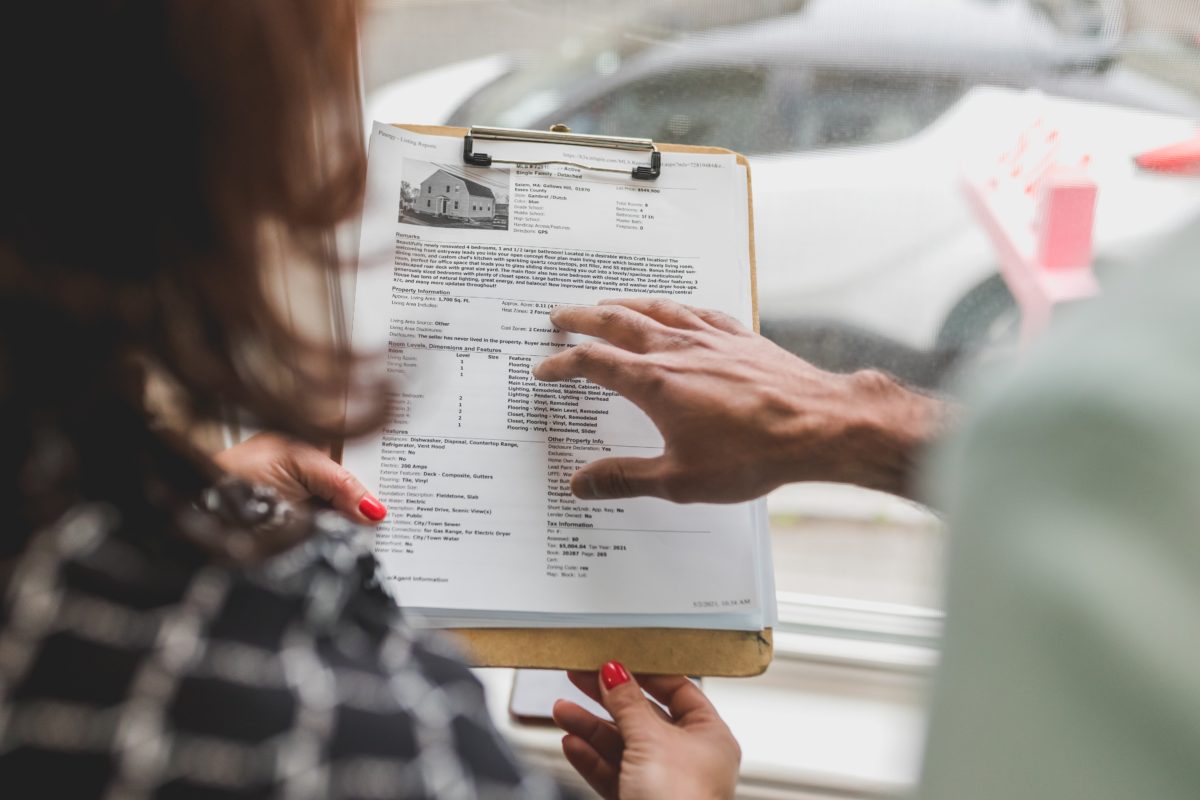Your Perth Home Buying Checklist

Introduction
If you’re thinking about buying a home in Perth, congratulations! There are many reasons why buying a home is a fantastic investment. But it can also be a big decision, so it’s important to do your research and plan in advance.
Here’s our checklist of things to consider when you’re ready to buy:
Understand the home-buying process
You’ll want to understand the process of buying a home in Perth. The first step is getting pre-approved for a mortgage, which can take anywhere from one to three weeks depending on your lender and the size of your down payment. After you’re approved, then it’s time to find your dream home!
Once you’ve found an agent, they will help guide you through the stages of buying a house:
- Searching for houses that fit within your budget and needs (which usually takes around two weeks)
- Going through an inspection with an inspector (1-2 days)
- Getting any necessary repairs done before the closing day ($3-5k)
Know your home loan options
Choosing the right home loan can be a tricky business, especially when you consider all of the options available to you. To help you along your financial journey, we’ve put together a guide that explains each type of home loan so that you can make informed decisions about which one is right for you.
We’ve also included some quick tips on how to choose an option and how to get started with applying.
Know your current financial position
- Check your credit score. A good credit score can help with getting approved for a loan and may even help you get a lower interest rate if you decide to borrow money. You can check your free credit report at least once a year with each of the three major credit bureaus: Experian, Equifax and TransUnion.
- Review bank statements to determine how much money you have on hand (or debt). If you’re looking for more cash for a down payment or closing costs, try refinancing your home or car loan; ask about adding additional funds from savings accounts; consider getting personal loans from friends or family members in order to reduce your debt burden; consider using any gift cards that are sitting unused in your wallet; ask about borrowing against an insurance policy such as life insurance or disability benefits through work (most policies have limits on how much can be borrowed); get professional help from banks/mortgage brokers who specialize in providing “bridge loans” which allow buyers time to save up their down payments before buying their next home.
Consider the ongoing costs of owning a house
- Ensure you can afford the costs of owning a home.
- You need to know what the ongoing costs are so that you don’t get into financial difficulty later.
- Think about how much it will cost to insure your house and any contents inside it.
- Consider how much it will cost to maintain your property, including lawn mowing and gardening.
Understand what you can borrow and how much you can afford
Your first step is to understand what you can borrow and how much you can afford. To do this, you’ll need to know a few things:
- How much would you like to spend on your home?
- What’s the size of your deposit?
- Do you have any existing debts that need clearing before taking out a loan (e.g., credit card debt, personal loans)? This will impact what type of loan is available for you and how much you can borrow overall.
Once these factors are determined, it’s time to calculate how much mortgage will be available for purchase!
Be pre-approved for a home loan
Before you start looking at houses, it’s important that you get pre-approved for a home loan. Getting pre-approved means that the bank has reviewed your financial situation and determined how much money they’re willing to lend you to buy a house. This is different from applying for a home loan—you can apply for a home loan without being pre-approved, but if there are no houses in your price range that meet the criteria of your initial mortgage application, then you’ll be rejected by the lender and will have wasted valuable time going through their application process.
Getting pre-approved is quick and easy; all it takes is filling out an online form on one of several banks’ websites (e.g., ANZ or CBA). If there are any issues with your finances or credit score, the bank will let you know during this process so that they can help fix them before sending over their offer letter once everything checks out fine! The good news about getting pre-approved early on is that most banks take just 24 hours or less before sending back an initial offer letter via email which should contain information such as the total amount offered (including the interest rate), monthly repayments required etcetera.
Get your finances in order with this handy checklist before starting the journey to home ownership
- Get pre-approved for a home loan
- Consider the ongoing costs of owning a house
- Understand what you can borrow and how much you can afford
- Be aware of the Home Buying Process
Conclusion
We hope that this checklist has helped you gain a better understanding of what’s involved in buying a home, and how to make the most of your savings. If you are ready to take the next step towards your first home, we would love to help! We can help you find out if you are eligible for a home loan, pre-approve you for one if needed based on your income and expenses and also guide you through every step along the way so there are no surprises on closing day.
